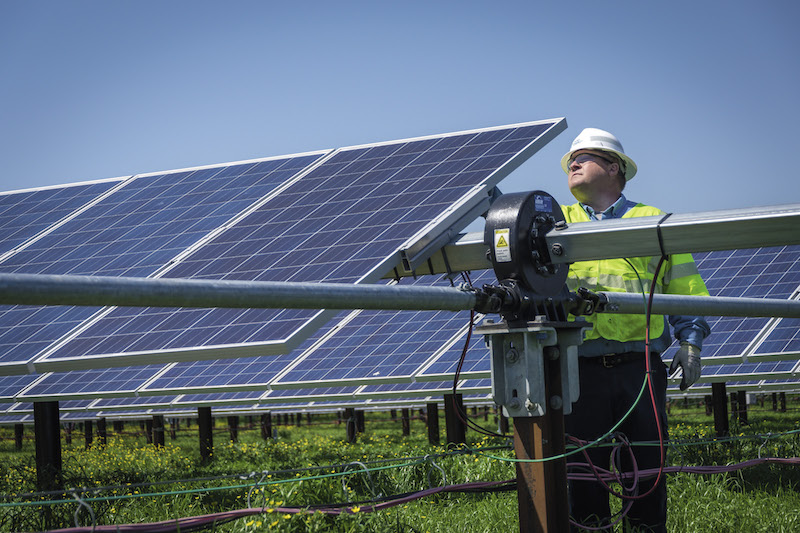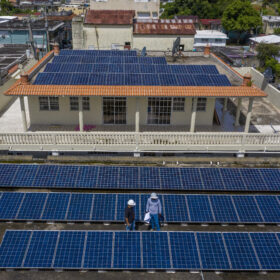Last week was a bad week for the solar and wind industry at the federal level.
Most visibly, the Senate passed their tax reform bill, a piece of legislation that includes a provision which could eviscerate solar’s investment tax credit (ITC) and wind’s production tax credit (PTC). If the provision stays in the final bill (the Senate and House must reconcile the two versions of tax reform into one bill), it could destroy both current and past financing mechanisms for solar and wind projects.
In the anxiety surrounding that potentially crippling provision, it would be easy to miss another highly concerning development in Congress: a bill introduced in the House of Representatives to undermine the Public Utility Regulatory Policies Act of 1978 (PURPA).
In states like North Carolina – whose solar industry has largely been driven by the law – intense pressure by Duke Energy recently resulted in a compromise signed into law to move larger projects to an auction system.
But many states went further than North Carolina, with Montana cutting rates in the territory of Northwestern Energy and Idaho slashing contract lengths. Now those efforts have become nationalized with the introduction of HR 4476, also known as the PURPA Modernization Act of 2017.
“The so-called PURPA ‘modernization’ act, HR 4476, appears to be a big step backwards for solar and other renewable energy projects,” said Ben Inskeep, an independent policy consultant focusing on renewable energy. “In summary, this bill does nothing to ‘modernize’ PURPA – it only makes it harder for independent renewable energy developers to compete on a level playing field with powerful electric utilities.”
The three most potentially damaging provisions of HR 4476 are:
- Allowing states to waive the “must-purchase” provisions from the law, which would release utilities from the obligation to purchase a certain percentage of their electrical production from renewable sources, including solar and wind
- Reducing capacity of facilities subject to the law from 20 MW to 2.5 MW
- Severely altering the “one-mile rule,” which utilities argue allows developers to game the system by simply building projects in multiple sites more than one-mile apart. Utilities say developers have used this loophole to exceed a 80 MW maximum capacity for PURPA projects.
“This legislation directs FERC to create a rebuttable presumption based on specific criteria,” Inskeep says. “This would allow utilities to refuse to offer PURPA contracts to certain renewable energy facilities if the utility is successful in rebutting the presumption.”
Congress passed PURPA at the height of the 1978-1979 oil crisis, when Western nations like the United States tried to wean themselves off fossil fuels to counter a move by the Organization of the Petroleum Exporting Countries (OPEC) to raise oil prices significantly.
Under PURPA, utilities are legally required to buy power from independent power producers (IPP) if it is below their cost of generation from other sources, also known as “avoided costs”. The previously obscure law has become one of the largest drivers of utility-scale solar in recent years, particularly in states that do not have renewable energy mandates.
This content is protected by copyright and may not be reused. If you want to cooperate with us and would like to reuse some of our content, please contact: editors@pv-magazine.com.








By submitting this form you agree to pv magazine using your data for the purposes of publishing your comment.
Your personal data will only be disclosed or otherwise transmitted to third parties for the purposes of spam filtering or if this is necessary for technical maintenance of the website. Any other transfer to third parties will not take place unless this is justified on the basis of applicable data protection regulations or if pv magazine is legally obliged to do so.
You may revoke this consent at any time with effect for the future, in which case your personal data will be deleted immediately. Otherwise, your data will be deleted if pv magazine has processed your request or the purpose of data storage is fulfilled.
Further information on data privacy can be found in our Data Protection Policy.